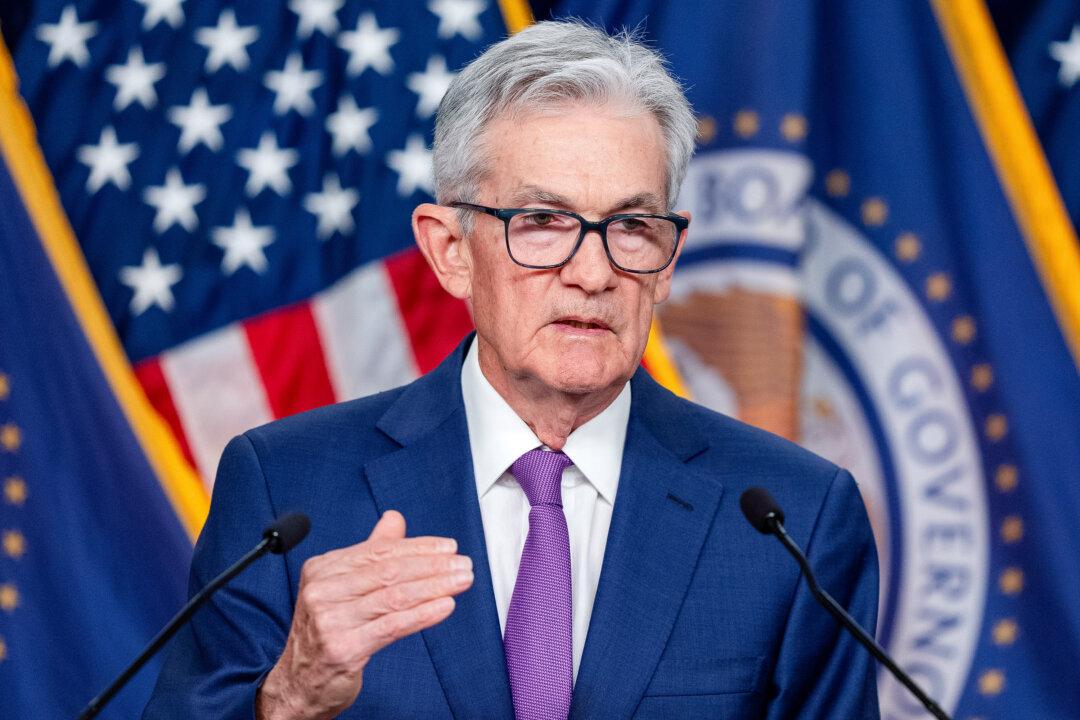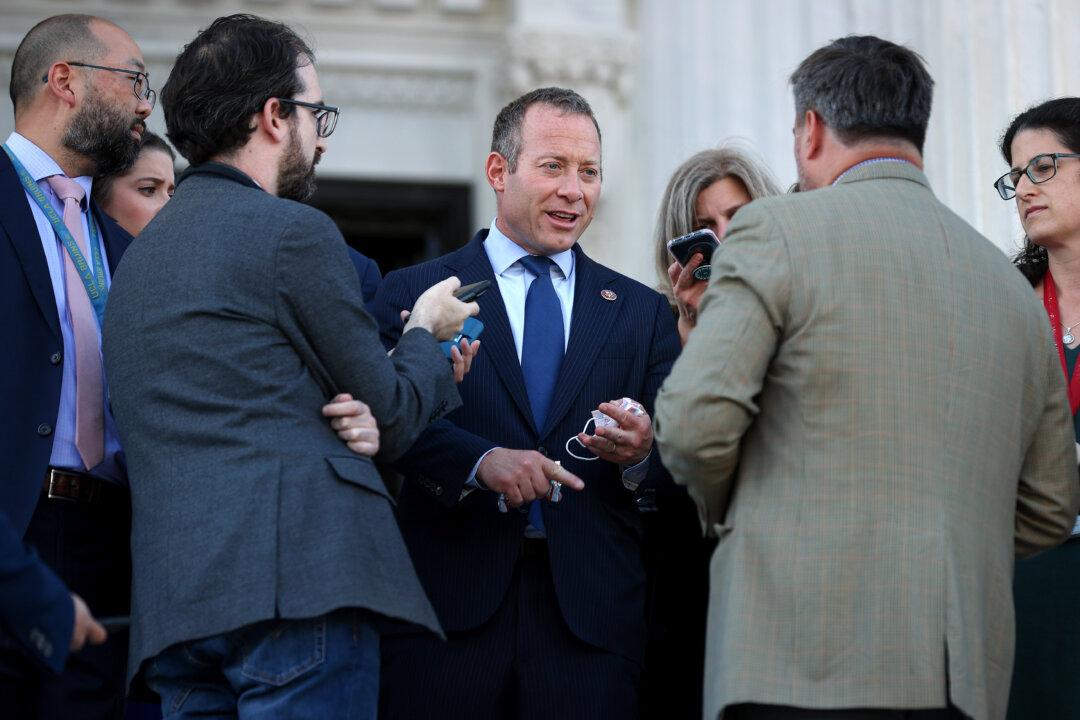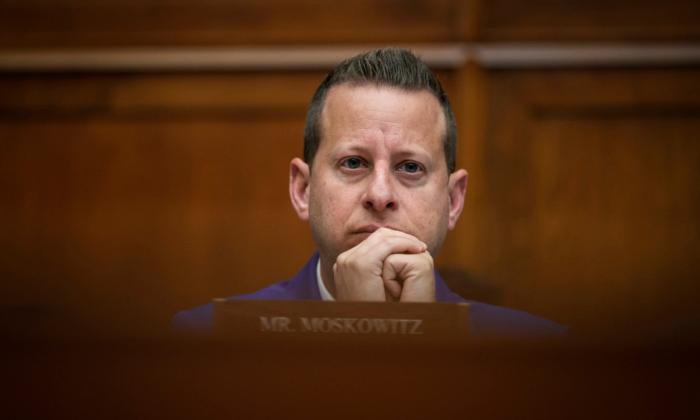In a discussion on U.S. and Canadian economic policies, Federal Reserve Chairman Jerome Powell said there has been a significant decline in inflation over the past year but expressed concern over recent data.
“The recent data have clearly not given us greater confidence and instead indicate that it’s likely to take longer than expected to achieve that confidence. That said, we think policy is well positioned to handle the risks that we face.”
Mr. Powell said that despite inflation remaining at 2.8% in March, the Fed needs greater confidence before considering policy adjustments.
Picture of Rosy Economy
Mr. Powell emphasized the strong economic relationship between the U.S. and Canada at “The Washington Forum on the Canadian Economy” at the Wilson Center in Washington.In his overview of the current state of the U.S. economy, Mr. Powell noted a growth rate exceeding 3% in the past year.
He said that growth was fueled by robust spending, employment gains, and a decline in inflation while highlighting the challenge of achieving the 2% inflation target.
He described the market as strong, with consistent job gains and low unemployment rates persisting for what he called an unprecedented 26 months below 4%.
However, Powell noted a gradual normalization in the labor market, evidenced by indicators such as job openings and workforce participation rates returning to pre-pandemic levels.
Wage pressures were also observed to be moderating gradually, he said.
Other Inflation Markers
In data released earlier this month, the U.S. annual inflation rate came in hotter than expected for the fourth consecutive month in March.According to the Bureau of Labor Statistics (BLS), the consumer price index (CPI) rose to 3.5 percent, up from 3.2 percent in February. This was also higher than the consensus estimate of 3.4 percent.
Inflation climbed by 0.4 percent monthly, topping market expectations of 0.3 percent.
The core CPI, which removes the volatile energy and food components, was unchanged at 3.8 percent but came in slightly higher than the projection of 3.7 percent. Core inflation also jumped 0.4 percent.
The three-month annualized change in the core CPI advanced to 4.5 percent. The six-month annualized adjustment in the core CPI swelled to 3.9 percent, the highest reading since July 2023.
Gasoline and shelter prices were the most significant contributors to the inflation increase. The energy index rose by 1.1 percent monthly, including a 1.7 percent advance in gasoline. Energy services also swelled by 0.7 percent, with electricity costs surging by 0.9 percent.
Shelter continued to trend higher, rising by 0.4 percent monthly and by 5.7 percent year over year. Food inflation was little changed last month, edging up by 0.1 percent monthly. Compared with the same time a year ago, the food index is up by 2.2 percent.
Services climbed to 5.3 percent. Transportation services soared by 1.5 percent from February to March. In the 12 months ending in March, transportation services rocketed by 10.7 percent.
Medical care services rose by 0.6 percent monthly.
Additionally, the Fed’s preferred supercore inflation ex-housing metric accelerated to 4.8 percent and rose by 0.4 percent monthly.







